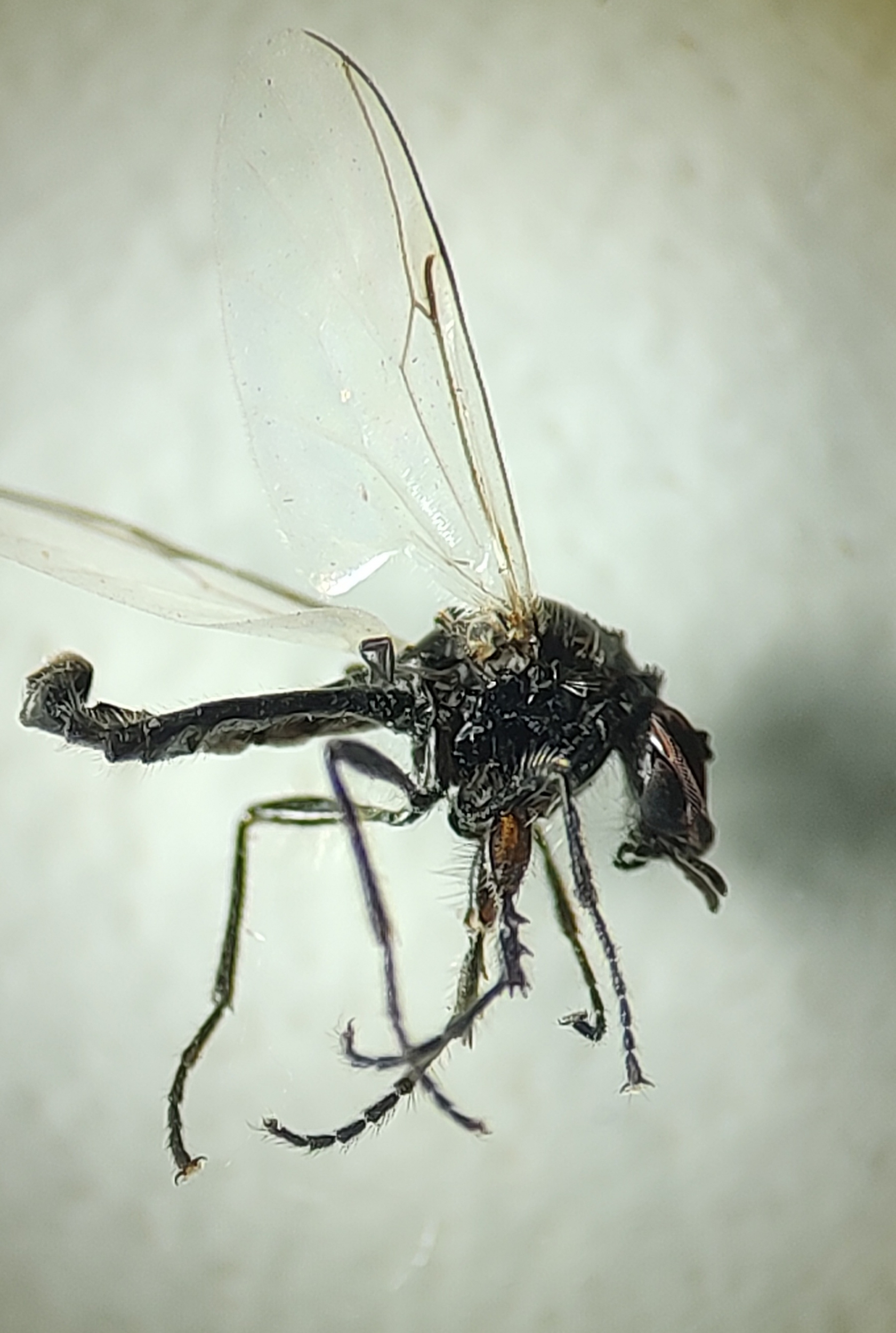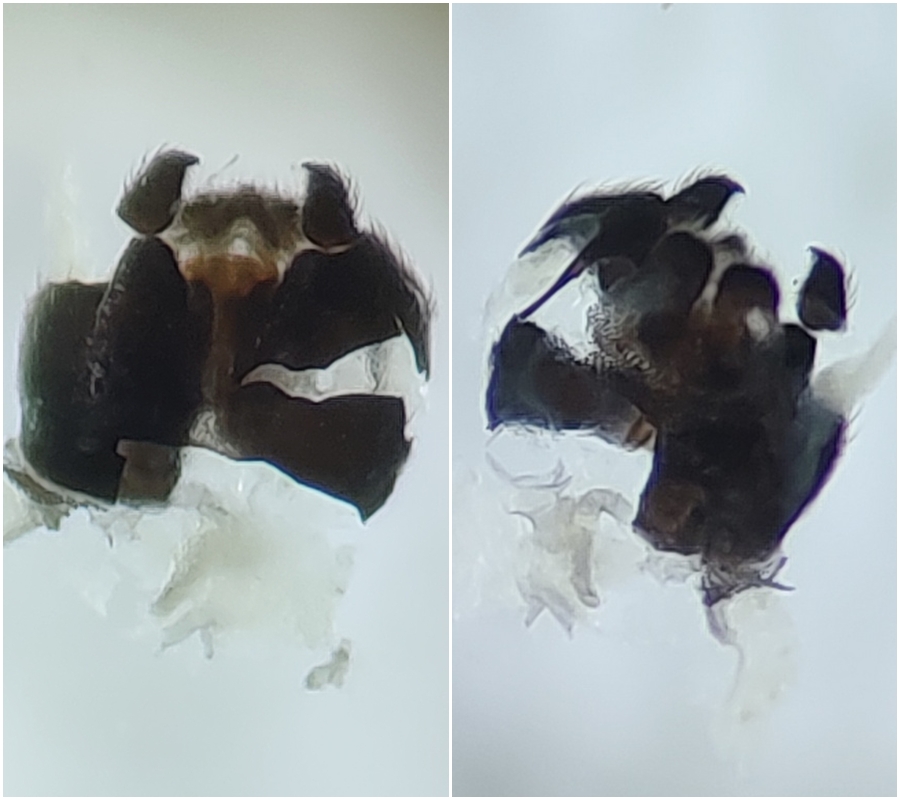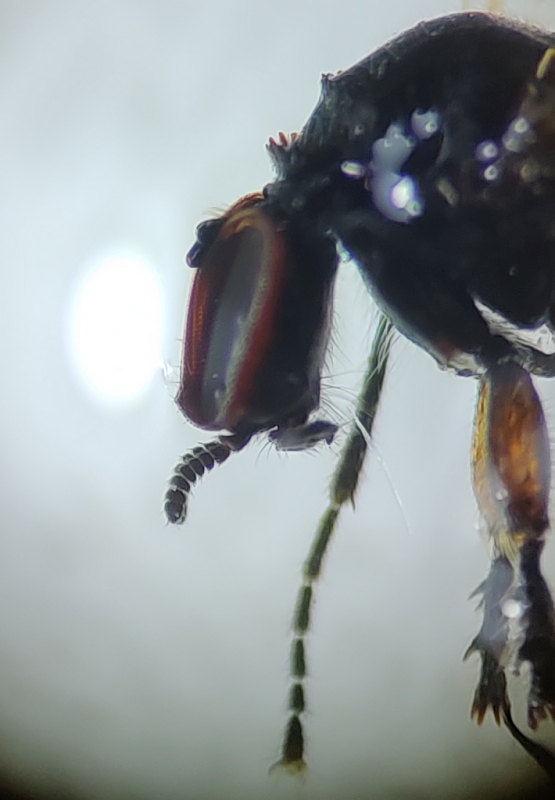Thread subject: Diptera.info :: Dilophus clavicornus Skartveit & Kaplan, 1996
Posted by Alexandru Pintilioaie on 26-10-2022 17:16
#1
Hello, I found some specimens of this species swarming a few days ago in Romania, near the Black Sea shore. They are D. femoratus?

Edited by Alexandru Pintilioaie on 27-01-2023 11:01
Posted by Zeegers on 26-10-2022 21:13
#2
No, there are.
clearly three rows of spines on front tibia, so it is febrilis or similar. You would need to study the genitalia.
Theo
Posted by Alexandru Pintilioaie on 27-10-2022 09:37
#3
Hi Theo, thanks for your message, I was thinking it's D. femoratus because of the orange front legs (they seems to be black in the other species).
Is there any available key for Dilophus/Bibionidae for Europe?
Posted by Zeegers on 27-10-2022 14:17
#4
Yeap,by Jean-Paul Haenni, I guess in a Swiss Journal
Theo
Posted by Zeegers on 27-10-2022 14:18
#5
Or Google my Dilophus borealis article, reference is in there.
Theo
Posted by Alexandru Pintilioaie on 27-10-2022 19:13
#6
I was looking in that paper, but I see that the Dilophus febrilis group is characterized by 2 rows of spines on the front tibia, not 3 like in my specimen. So I am a bit puzzled with this one ... I hope the next pictures will help to ID it.


Posted by Zeegers on 28-10-2022 07:49
#7
Well, I did count the apical ones and J-P does not, so his 2 and my 3 are the same. Genitalia look OK for febrilis as well, definiely NOT femoratus.
Theo
Posted by Alexandru Pintilioaie on 27-01-2023 11:01
#8
The 3 specimens that I have (including this one) were ID-ed as Dilophus clavicornus Skartveit & Kaplan, 1996, by Jean-Paul Haenni, afters examining the specimens.
New specie for Romania :)
Posted by Zeegers on 27-01-2023 12:03
#9
Nice. Head looks very peculiar.
Theo
Posted by Alexandru Pintilioaie on 01-04-2025 10:09
#10
And here is a fresh paper regarding this new record from Romania, together with new records from France and Montenegro.
https://www.nmnhs.com/historia-naturalis-bulgarica/article.php?id=000581000472025



